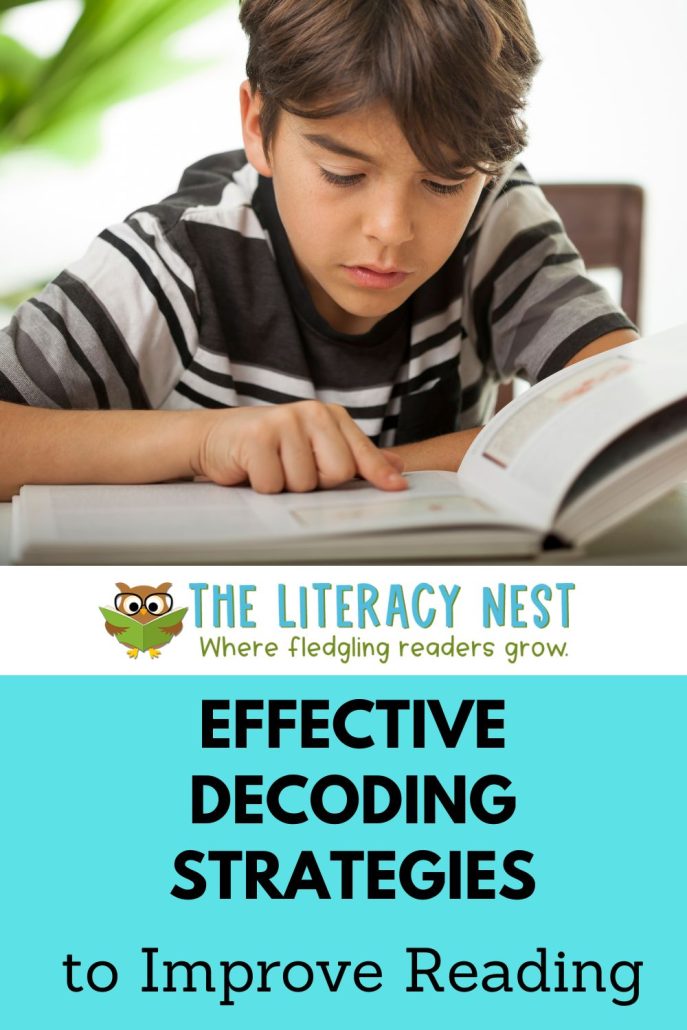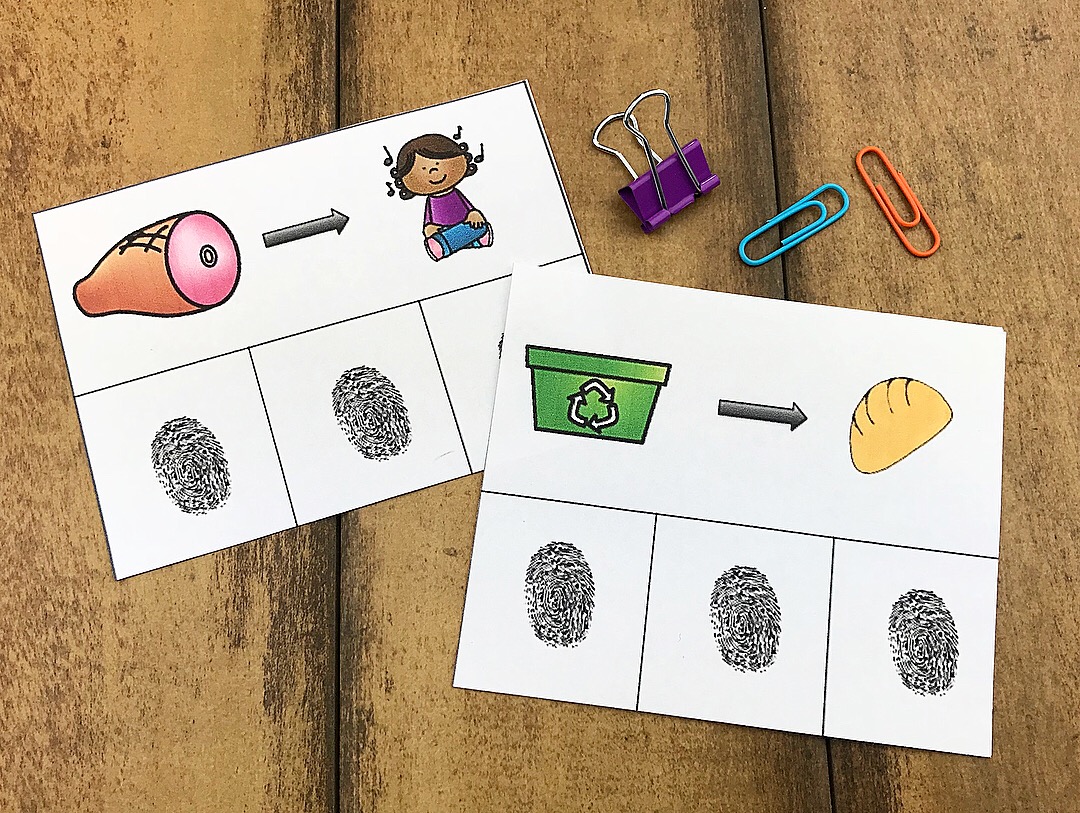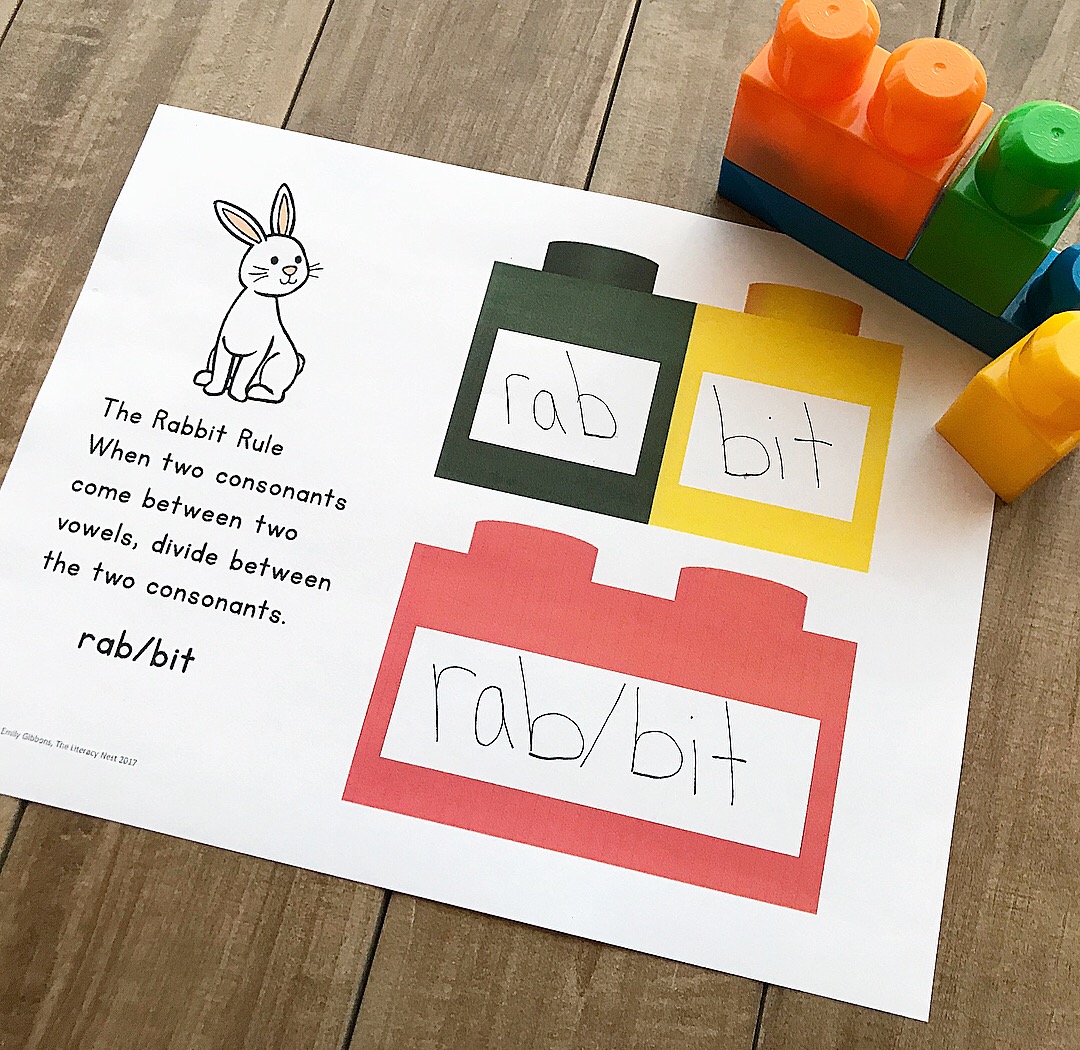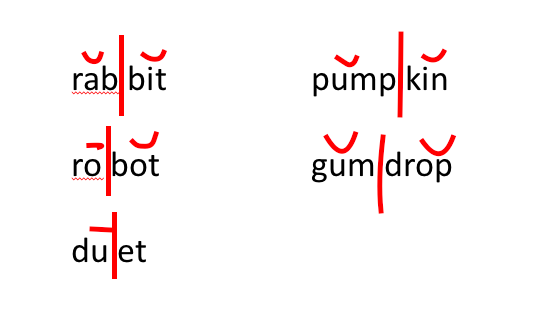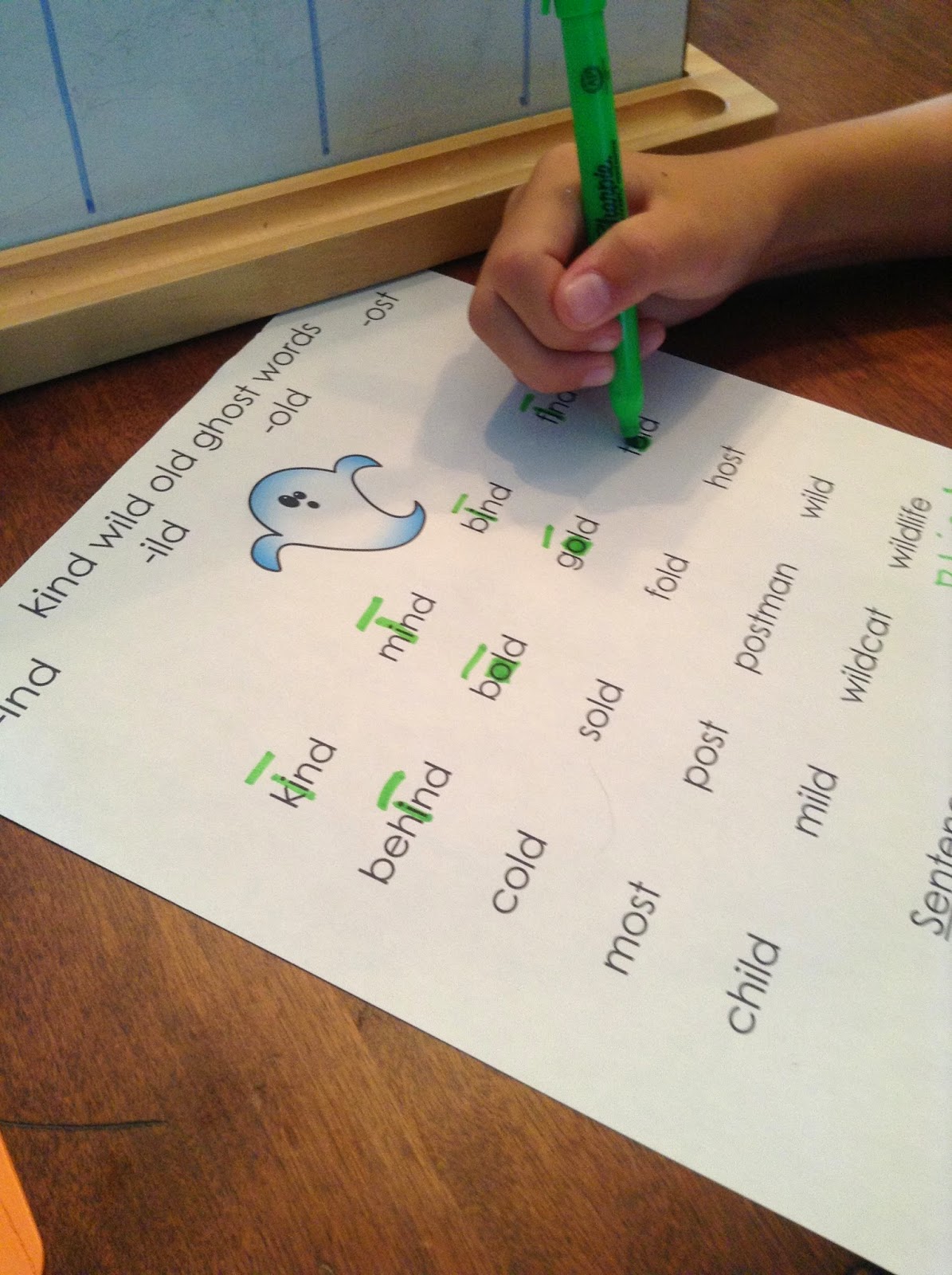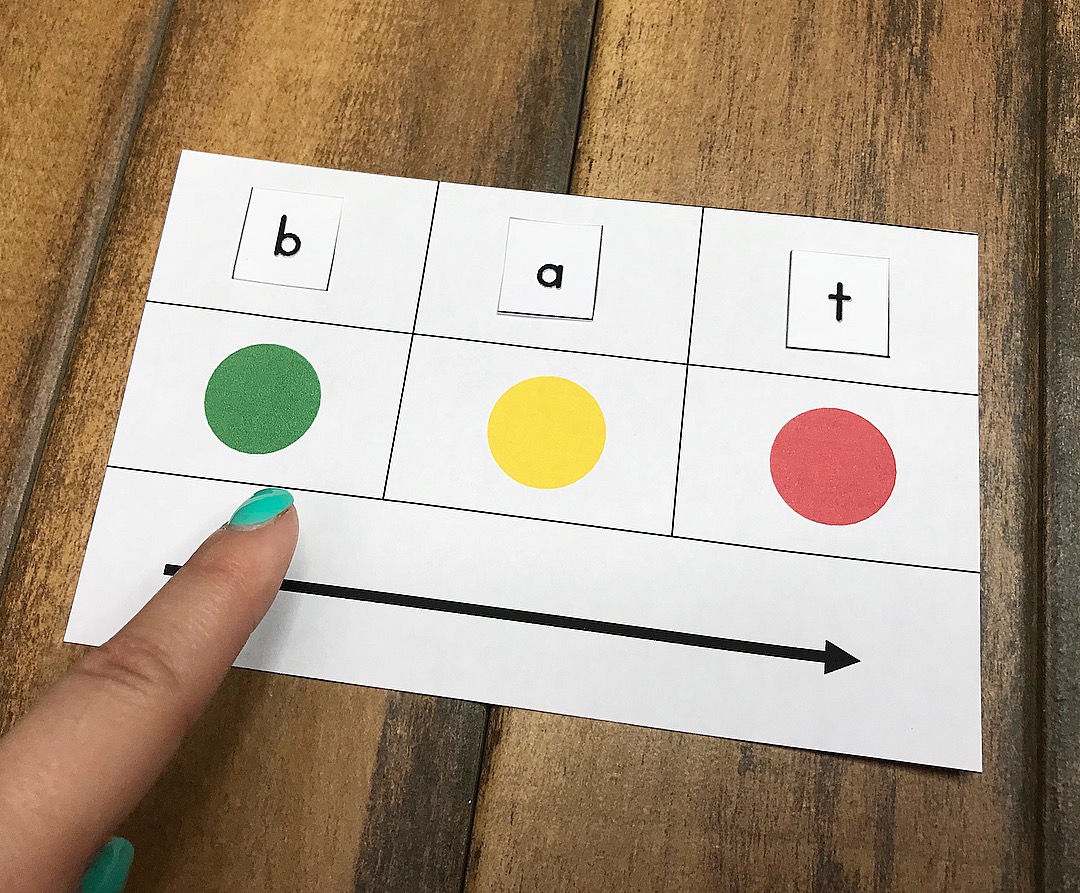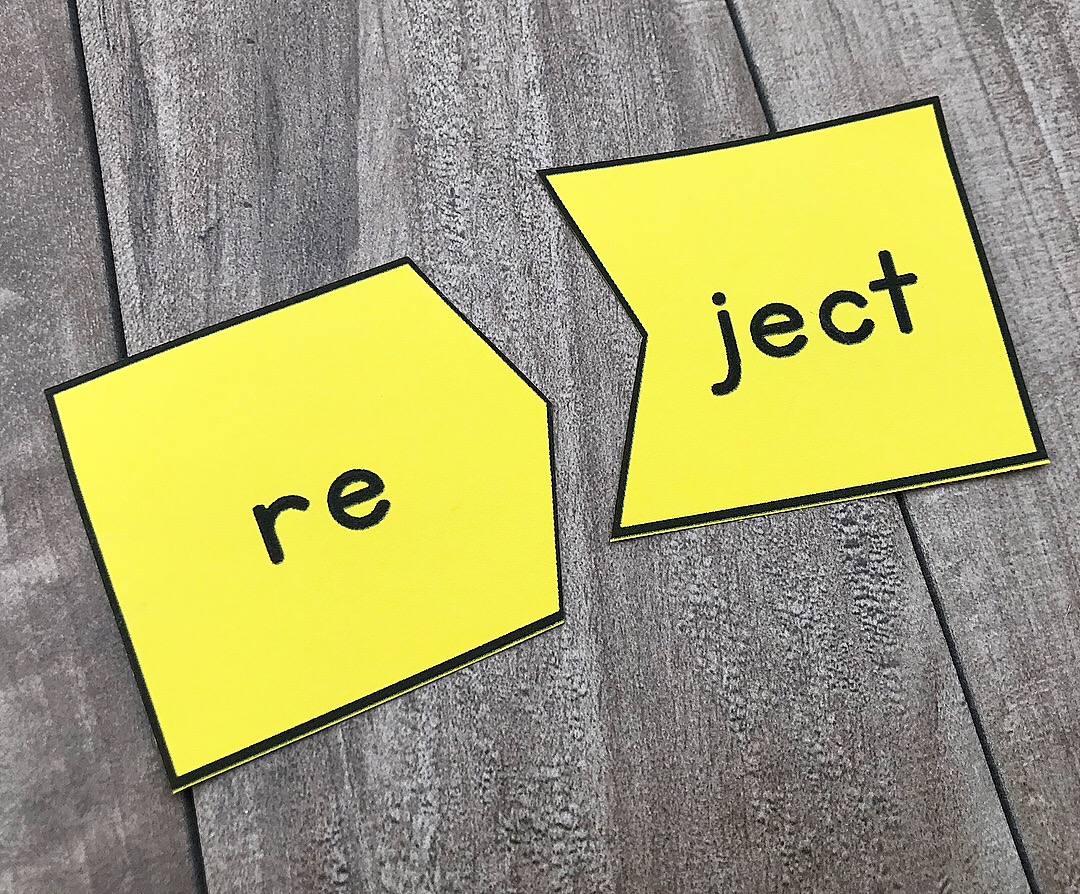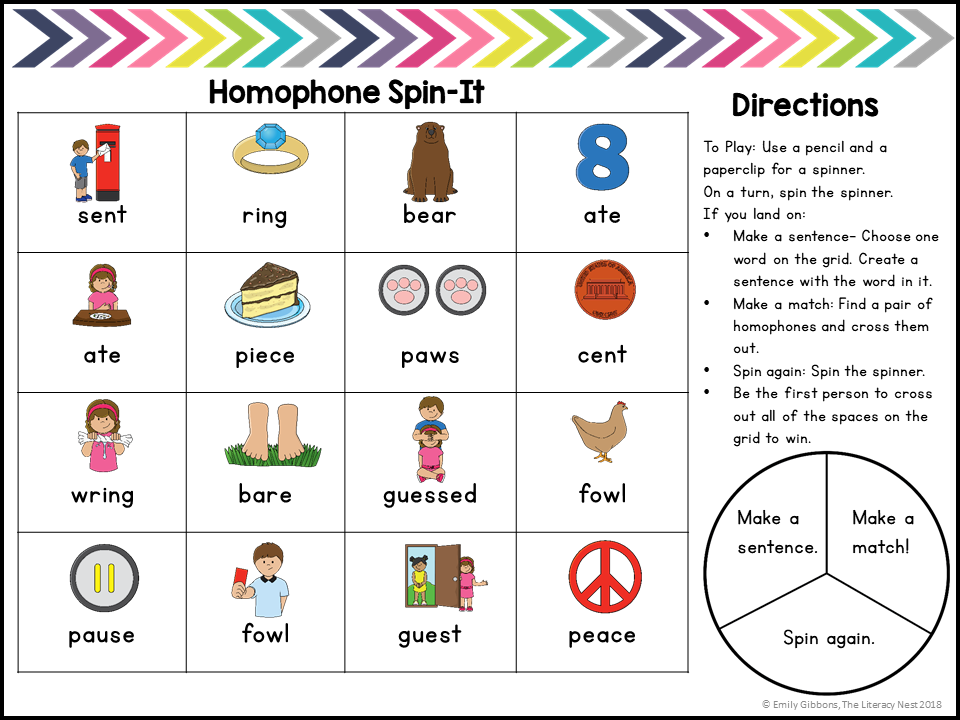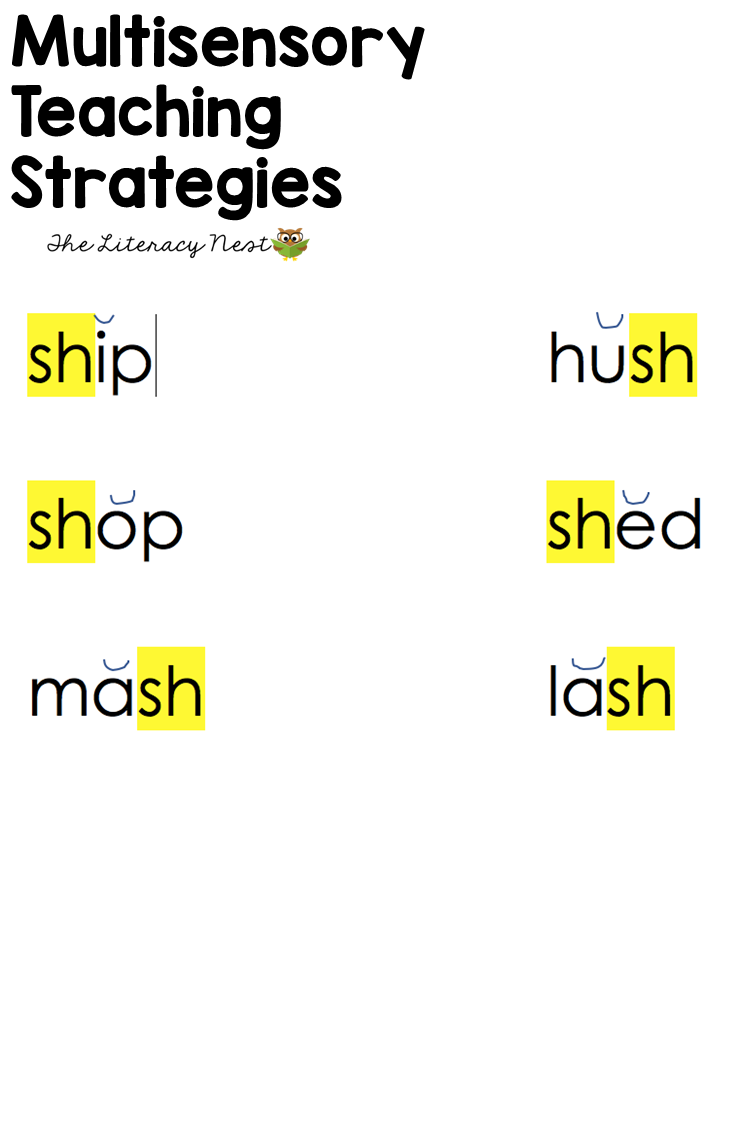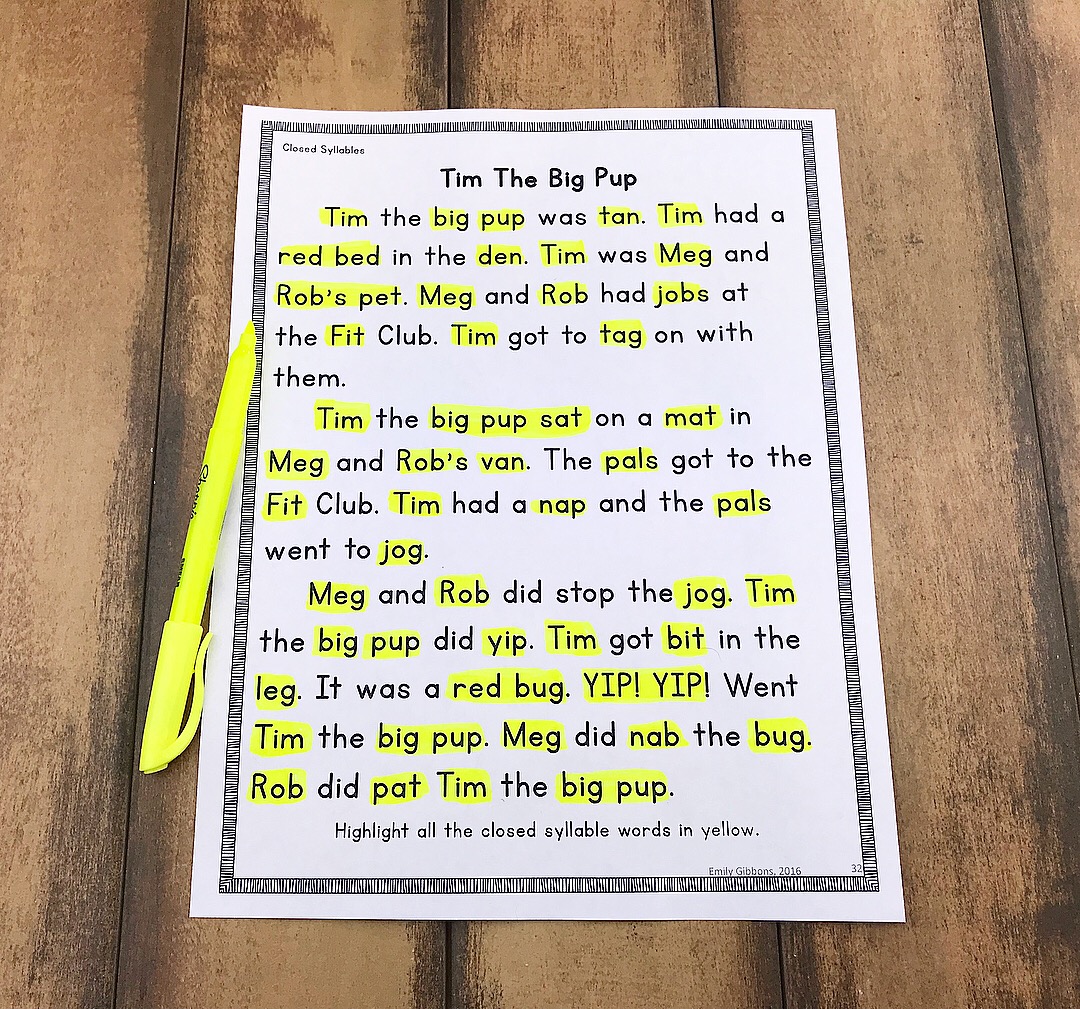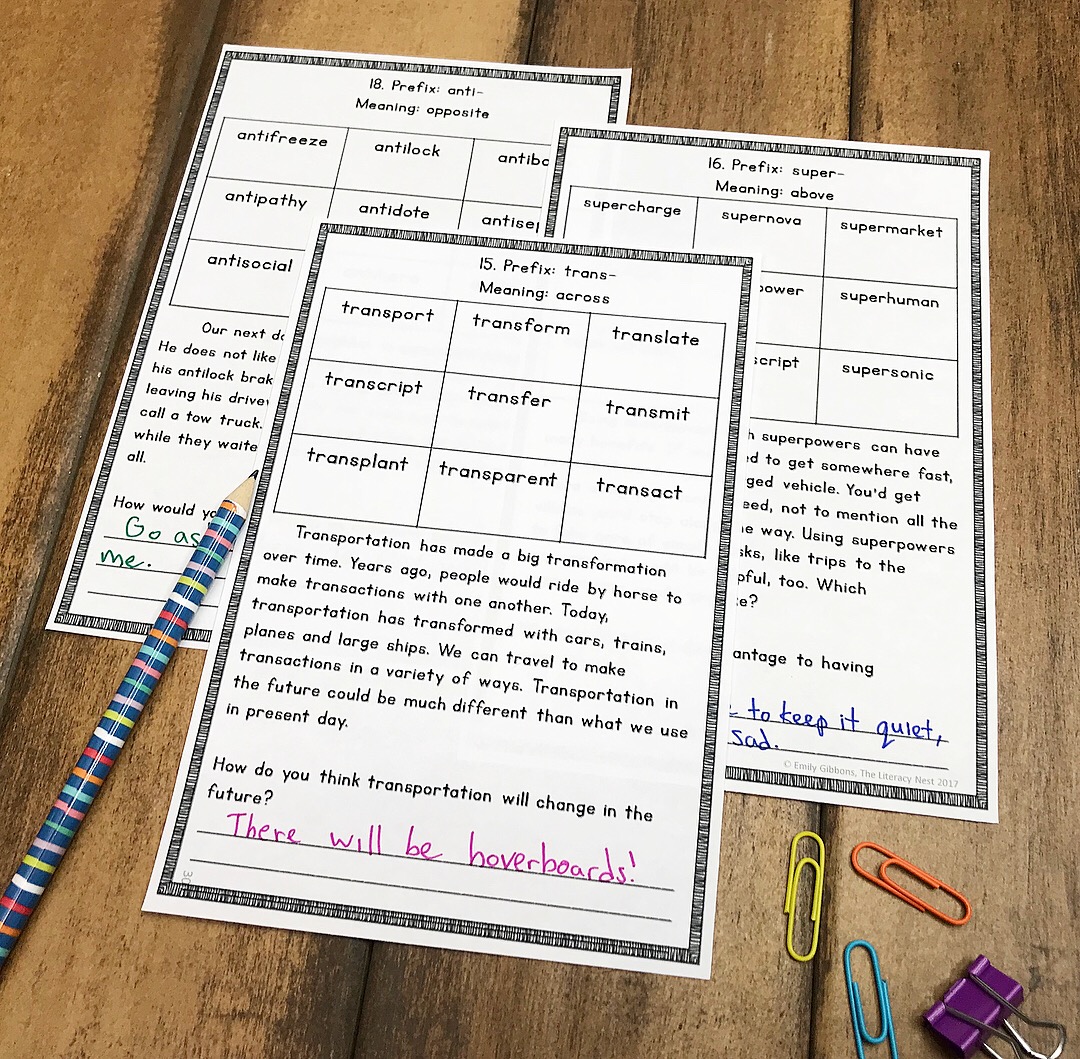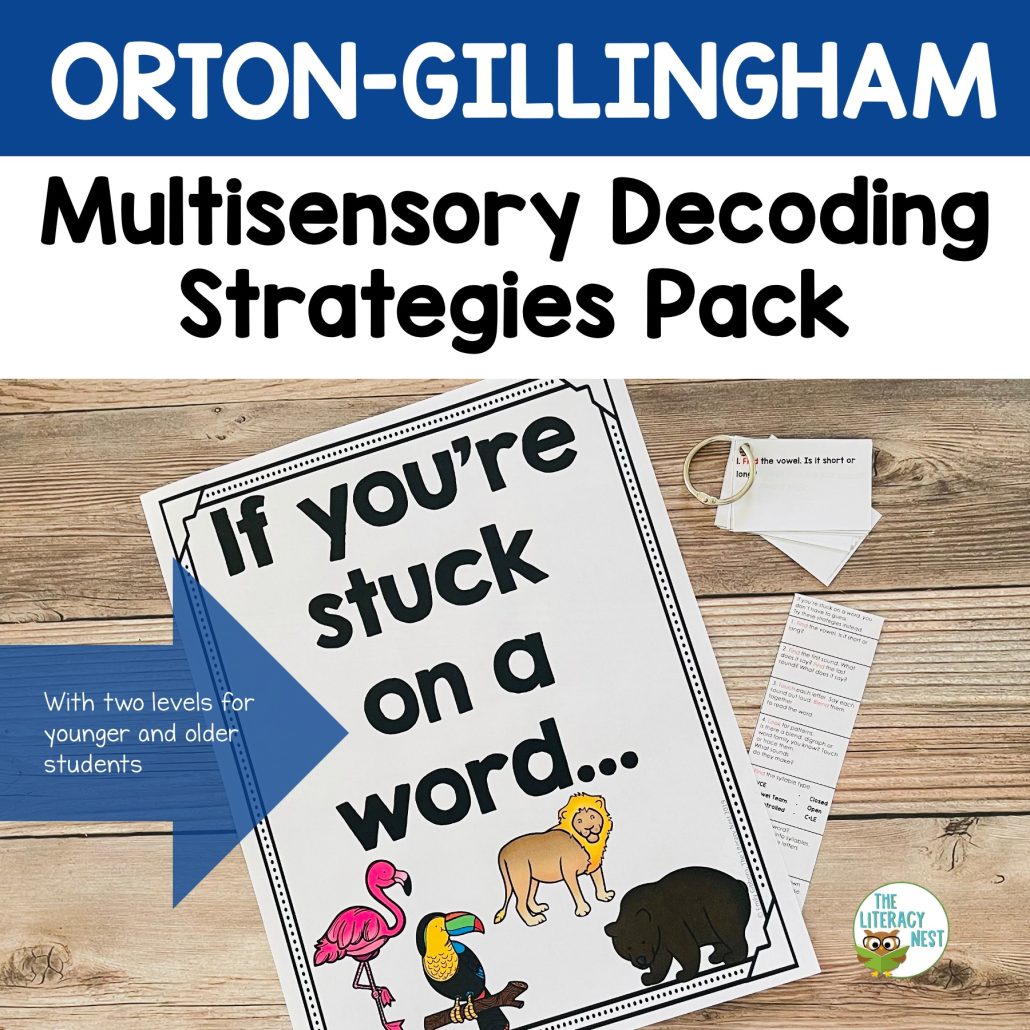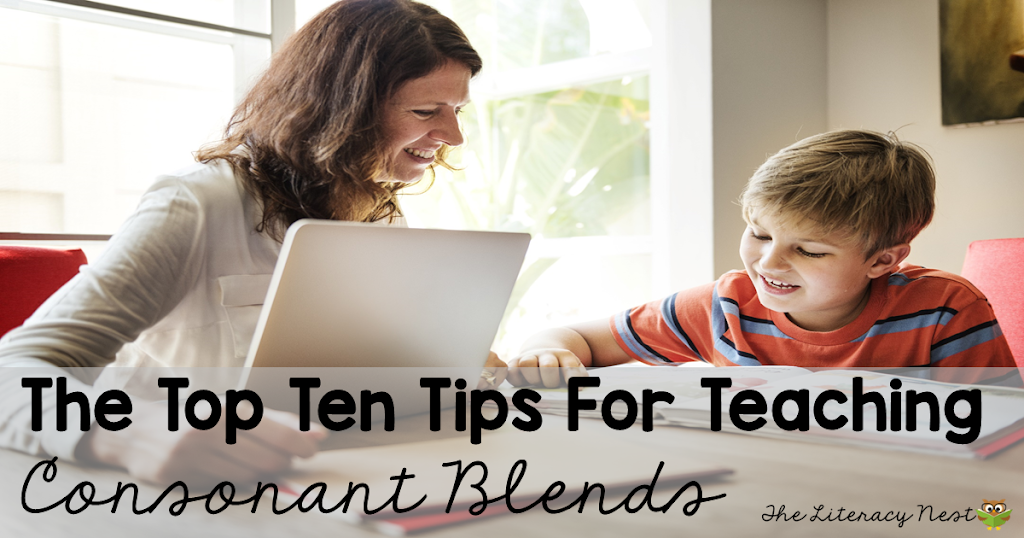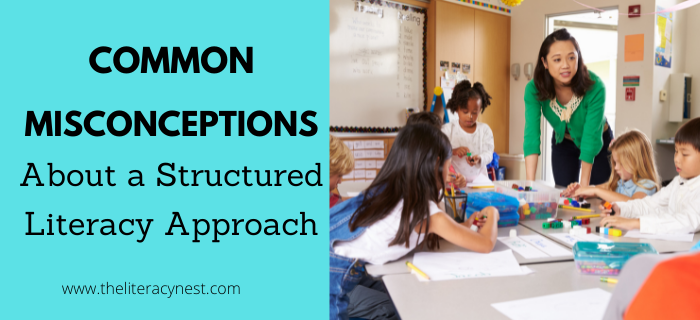Effective Decoding Strategies To Improve Reading
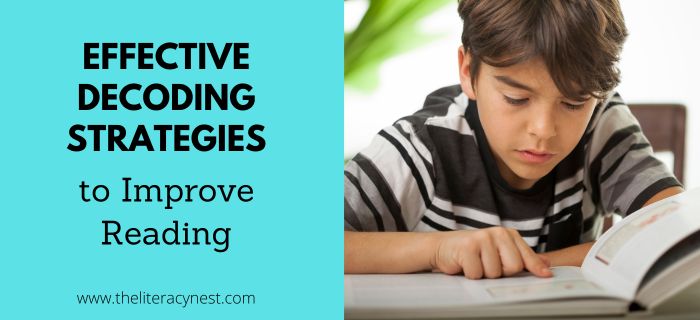
Many teachers are familiar with decoding strategies that may emphasize the use of picture clues, meaning, and self-monitoring. Sometimes these decoding activities are even given cute nicknames to help students remember.
While we want students to monitor our students and their reading for accuracy to make sure it makes sense, often these kinds of decoding strategies taught typically in younger grades barely touch decoding skills or WORSE, they may call a child’s eyes and attention AWAY from the text, which is the opposite of what we want to do, especially for budding or struggling readers.
Students absolutely need additional tools to solve unknown words in reading. There are a number of important strategies that will help students decode effectively and will sustain them over time, no matter what grade they’re in or how old they are. Let’s dive into decoding strategies that are suitable for all children and adults.
The following decoding strategies have long been used within the Orton-Gillingham lesson plan as part of the Orton-Gillingham approach, but anyone can utilize them as part of their structured literacy framework.
Ten Effective Decoding Strategies To Improve Reading
Download and print our tip sheet for effective decoding strategies!
1. Build a strong foundation for phonological awareness FIRST.
The first thing to keep in mind is the importance of a strong foundation of phonological awareness. Students need to be able to hear the differences between two sounds, break a word into its individual sounds, and blend those sounds. There is a tendency to teach phonological awareness only in Kindergarten and 1st grade and to move on whether or not students have understood the concepts. Research has shown us that effective phonological awareness instruction not only involves instruction in advanced phonemic awareness concepts such as manipulating phonemes but also teaching these phonological skills to the point of overlearning and automaticity is key.
2. Teach syllable types and syllable division.
When a student is faced with an unknown word, this decoding strategy is often my first step. By locating vowels, then syllable divisions, and determining syllable types, students are able to break a word into bite-size pieces. This is an area in which many interventions fall short. Students learn to break a word into syllables orally, but not how to divide the printed word.
Read this six-part syllable blog series for more tips.
3. Mark vowels.
The vowels are the trickiest parts of most words for most students. Locating and marking the vowels, not only facilitates syllable division but also pronunciation and decoding. It is often useful to teach students the breve and macron markings so that they can mark vowels with the correct sound. Saying the vowel sound before attempting to blend the word is often also helpful.
4. Look for familiar spelling patterns.
Looking for familiar spelling patterns such as digraphs, blends, or chunks is also a key skill to aid when decoding words. Students may make connections from known words to new words that share the same spelling pattern. If a student is familiar with the word cold, it will assist them in reading a word like withhold or golden. It is also helpful if students recognize patterns like silent letters, as in the word write, gnome, or knight, as a predictable decodable pattern.
5. Segmenting and blending
Students need to be proficient at both segmenting and blending as a phonemic awareness skill done orally before different spelling patterns are introduced. If a student does not know how to blend, they will not have the necessary skills to decode unknown words. Similarly, the ability to segment a word into sounds is crucial for spelling.
Read, The Top 6 Tips For Helping Children Blend Sounds for more helpful tips to help children with blending.
6. Identifying affixes, base words, and roots.
In addition to breaking a word into syllables, the ability to locate and understand affixes, base words, and roots is a critical part of reading and spelling more complicated words. This understanding is very often key not only for spelling but also for pronunciation of words and word parts. This is especially helpful for decoding multisyllabic words
7. Reinforce the use of meaning clues to self-monitor and confirm.
Even the most proficient reader when decoding words is going to need to use context clues to read and understand heteronyms, words that are spelled the same but pronounced differently and with different meanings. Examples include sow (female pig, plant seeds), wind (breeze/roll-up), and bow (ribbon, front of a boat).
8. Teach students to use their fingers to mask words and word parts.
Although marking up a word with pencil or even color is undoubtedly helpful, there are times in every student’s life when this sort of text marking is not an option. Teaching students to cover suffixes or syllables with their fingers is an excellent substitute that makes decoding instruction more multisensory and less visually overwhelming.
9. Trace unknown syllables or tricky word parts.
If a student is struggling with decoding a particular word part, I often have the student trace that part on the table or desk as they say the sounds. Not only does tracing make the word part more memorable, but the act of tracing triggers the kinesthetic and sensory pathways the students utilized when they initially learned a word or phonogram.
Read this two-part series on multisensory teaching techniques for more tips.
10. Set them up for success.
There is much that we can do as instructors to set a student with dyslexia or any struggling reader up for success. Choosing decodable text carefully that is controlled and within the student’s zone of proximal development is key. Choosing fonts and font sizes carefully can also contribute significantly to a student’s success.
You Can Find a WIDE RANGE OF DECODABLE PASSAGES, here.
More importantly, teaching children to become metacognitive, (thinking about their thinking) when it comes to decoding in reading will serve them well in a variety of ways. Modeling the above decoding strategies to show a child how you can think your way through your reading to solve unknown words is a key first step. Then, transfer the task gradually onto them with less scaffolding from you. Finally, make it a healthy reading habit by asking children to utilize the decoding strategies independently. The gradual release of responsibility is a developmentally appropriate and emotionally sound teaching practice.
Remember it this way with your students:
- I do it. You watch.
- We do it. We watch each other and try it together.
- You do it. I watch.
By filling our students’ reading toolboxes with…
- several different decoding strategies for tackling unknown words,
- explicitly teaching children how to use them, and
- providing abundant opportunities for practice,
our students can confidently tackle reading tasks without resorting to relying on guessing or skipping words, which are quite honestly strategies I call flimsy. They don’t hold up over time or get used incorrectly at best.
I tell my students that a strategy is a plan to do something WELL. Guessing or skipping words is not a plan for reading well. Let’s empower our kids with efficient strategies that work, so when you ask them the all-important question, “What do you do when you come to a word you don’t know?” they can communicate exactly what to do.
Learn more about The Importance of Scaffolding in Decoding! Listen to season three, episode seven of the Together in Literacy Podcast!
Looking For More?
If you are seeking materials to support your students, Multisensory Reading Strategies for Word Attack and Decoding Practice is going to support much of what I have discussed in this post with you today. In it, there are posters to display, bookmarks and cards to hang on a metal ring. There are two levels for younger and older students, but the message is the same: there is no guessing game.
Are you looking for a list of decodable words? Word List Builder has got you covered!
Save time searching for decodable words! Create customized and meaningful review, build your folder of words, create templates and games, and much more in Word List Builder.
